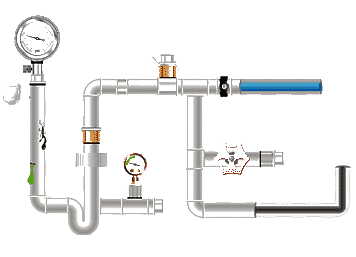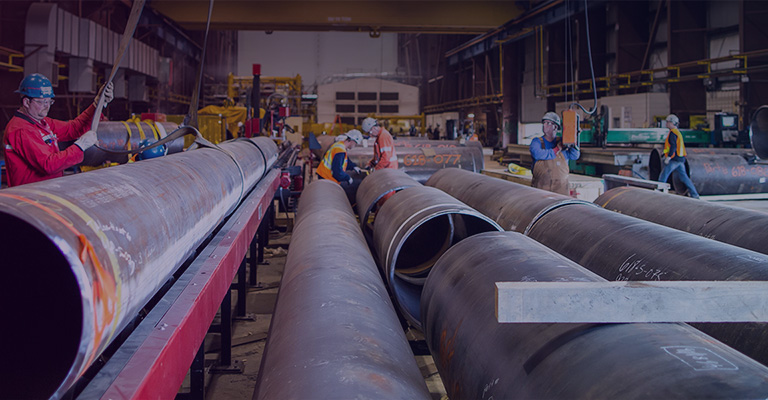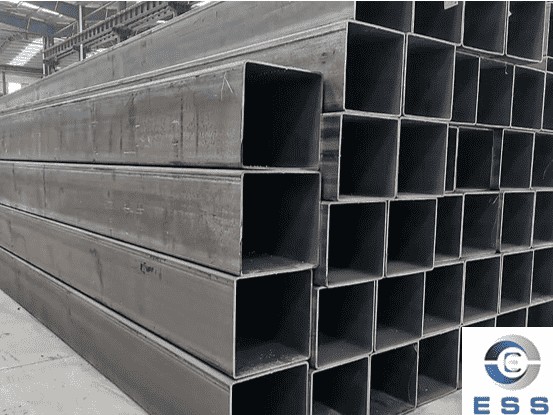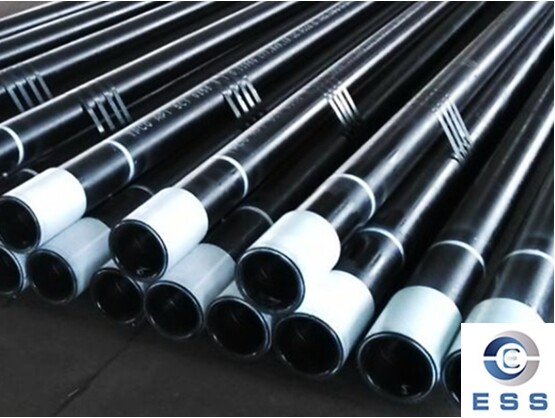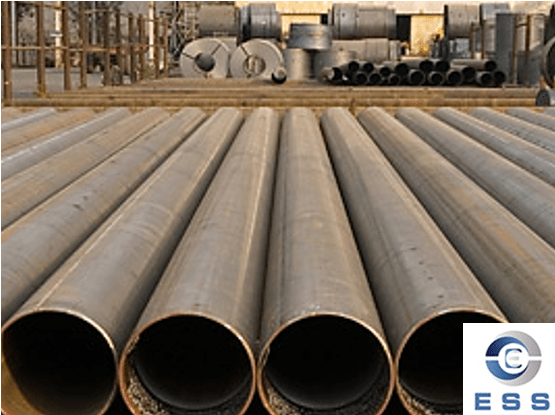SHS Steel vs RHS Steel
SHS steel stands for square
tube. RHS steel stands for rectangular
tube. These two specific types of steel hollow sections are designed to
provide a combination of strength and functionality which makes them suitable
for a wide variety of applications.
What Is SHS Steel
SHS steel meaning is square in shape and can be welded or joined to flat surfaces as easily
as RHS steel. SHS steel can be used in applications where strength, functionality and
aesthetic appeal is required.
What Is RHS Steel
RHS is rectangular in shape and requires minimal preparation prior to joining
or welding to flat surfaces. This feature, together with its structural
strength, makes RHS steel an economical and practical choice for the
construction industry and civil engineering projects in all areas.
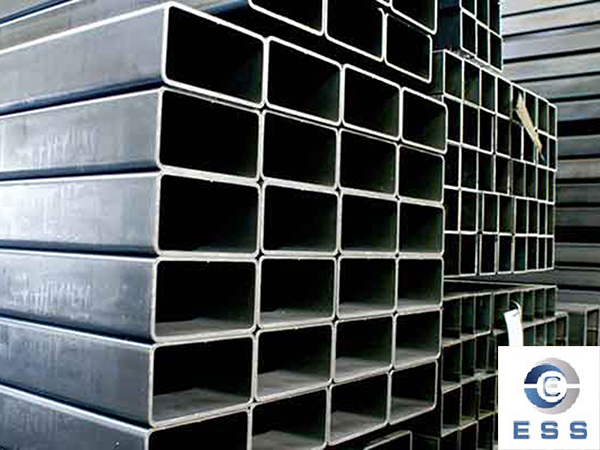
SHS Steel vs. RHS Steel: Appearance
1. Appearance of SHS Steel
From the perspective of side length, the
four sides of a square tube are equal, while the adjacent sides of a
rectangular tube are unequal.
This results in a more regular
cross-sectional shape within the same length range, creating a more concise and
elegant visual effect.
2. Appearance of RHS Steel
Due to the difference in side length, the
cross-sectional shape of a rectangular tube is relatively more diverse,
allowing it to meet specific design requirements.
SHS Steel vs. RHS Steel: Size
1. SHS Steel Sizes
Square tubes typically have a relatively
uniform standard range of dimensions, such as the common 20mm×20mm and 30mm×30mm sizes. These dimensions
offer relatively high dimensional accuracy, facilitating mass production and
standardized applications.
Rectangular tubes offer greater flexibility
and variety, offering a variety of side length combinations, such as 25mm×15mm and 35mm×20mm, to accommodate the
varying dimensional requirements of various applications.
In addition, both square and rectangular
tubes can be adjusted in wall thickness to meet specific application
requirements. Generally speaking, thinner wall thicknesses are suitable for
applications requiring less weight, such as decorative components; thicker wall
thicknesses are suitable for structures requiring greater strength and
stability, such as building frames.
SHS Steel vs. RHS Steel: Material
SHS steel and RHS steel are made from
essentially the same materials, primarily including Q235, Q345B, and 16Mn,
though some special materials are also available.
However, some production processes and
standards may differ. For example, high-end construction or machinery
manufacturing products often use high-quality carbon structural steel or alloy
steel.
SHS Steel vs. RHS Steel: Production Process
1. SHS Steel Production
Square tubes can be manufactured using a
variety of processes, including hot rolling, cold rolling, cold drawing, or
hot-dip galvanizing, offering advantages such as low production costs and high
efficiency.
2. RHS Steel Production
Rectangular tubes are generally
manufactured using hot rolling or cold rolling, resulting in relatively high
production costs.
SHS Steel vs. RHS Steel: Performance
1. SHS Steel Characteristics
Steel has excellent stability and
load-bearing capacity, making it suitable for applications requiring high
pressure resistance.
Under certain conditions, such as shear
forces, square tubes perform better than rectangular tubes.
2. RHS Steel Characteristics
RHS steel offers the same bending and
torsional strengths, but is lightweight, making it widely used in the
manufacture of mechanical parts and engineering structures. Suitable for
situations that require bearing complex stresses and lightweight.
SHS Steel vs. RHS Steel: Application
1. Applications of SHS Steel
Due to their high structural stability and
load-bearing capacity, square tubes are widely used in construction, bridges,
and road transportation. In construction, square tubes are often used to
construct frame structures, support structures, and load-bearing walls.
In bridges and road transportation, square
tubes are used to manufacture bridge supports, highway guardrails, and other
structures.
Rectangular tubes offer advantages in
certain applications, such as furniture and display racks, where specific
shapes are required for support.
In addition, in the decoration and
renovation industry, rectangular tubes are often used in structures such as
ceiling joists.
Their unique shape and spatial adaptability
make them widely applicable in these fields.
Which Is Stronger SHS Steel Or RHS Steel?
The question of which is stronger, SHS steel or
RHS steel depends on a variety of different factors. Factors to take into
consideration include the dimensions of the tubing under evaluation, the
thickness of the section’s walls and the type of steel from which each section
has been formed.
However, if we are comparing a length of RHS steel with the smallest dimension
equal to or greater than the side dimension of a length of SHS steel,
manufactured from the same materials and using the same process, the RHS steel
will always prove to be stronger when an equal load is applied to each length,
from any direction or orientation.
As a point of interest, while RHS and SHS steel are both stronger than circular
hollow section (CHS) steel in applications where the direction of an applied
load or force is known in advance, CHS steel actually performs better when the
direction of any applied force or load is unknown at the design stage.
Which Is Better for Load-Bearing
Performance, SHS Steel Or RHS Steel?
In terms of load-bearing capacity,
rectangular tubes generally outperform square tubes. This is because the long
sides of rectangular tubes disperse more force, allowing them to withstand
greater compressive and tensile forces. Furthermore, the cross-sectional shape
of RHS steel allows for more even force distribution under load, thereby
improving overall structural stability.
Summary
When choosing between RHS steel and SHS
steel, it's important to consider both application requirements and
cost-effectiveness. For applications requiring uniform loads in multiple
directions, SHS steel is an ideal choice. However, for applications requiring
greater loads in specific directions, RHS steel offers advantages.
Read more: How To Select Square and Rectangular Tubes? or The Benefits of Using Square Tube in Construction









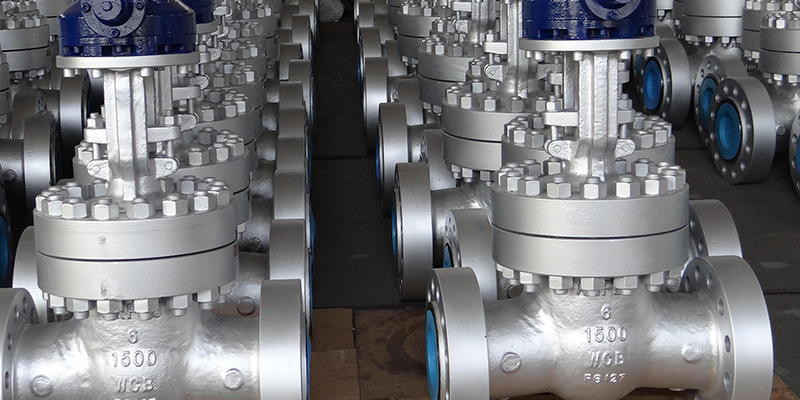
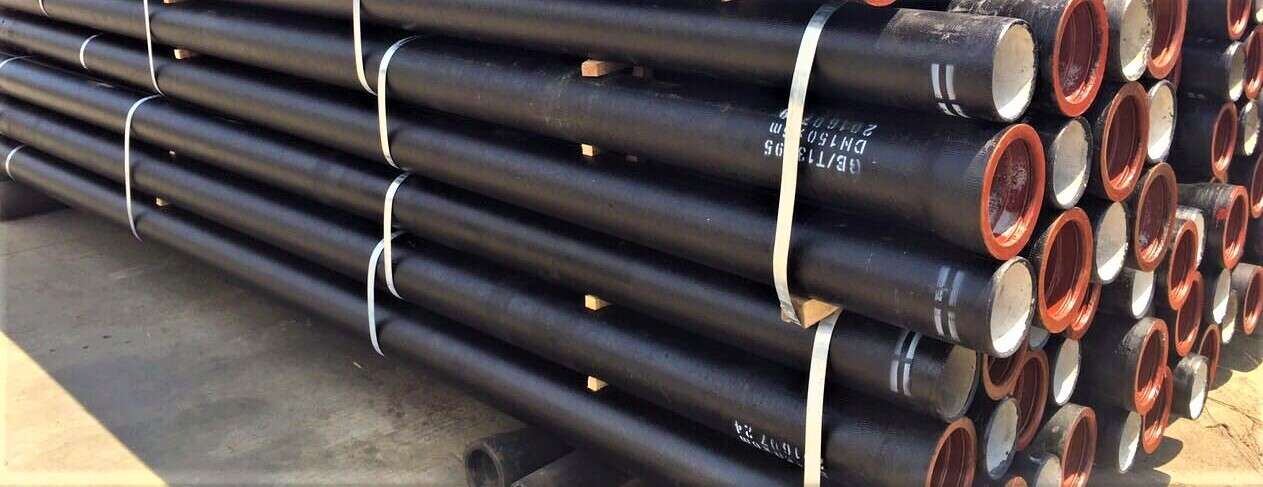


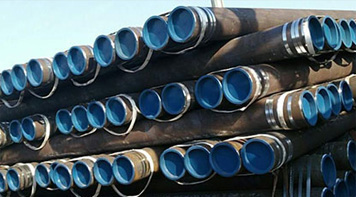 Eastern Steel Manufacturing Co.,Ltd not only improve product production and sales services, but also provide additional value-added services. As long as you need, we can complete your specific needs together.
Eastern Steel Manufacturing Co.,Ltd not only improve product production and sales services, but also provide additional value-added services. As long as you need, we can complete your specific needs together.
